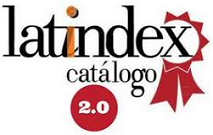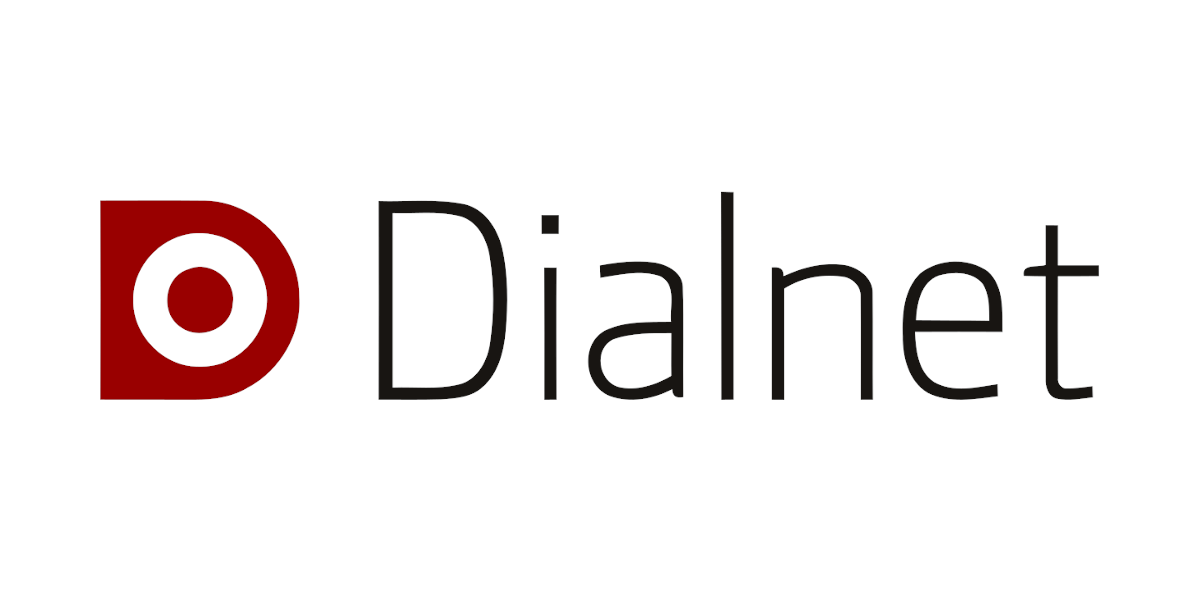Reemplazo de DCP por humofosfato de calcio en pienso para ponedoras
Efecto sobre la productividad y la calidad del huevo
Palabras clave:
Calidad del huevo, Fósforo, Humofosfato de calcioResumen
Phosphorus (P) and calcium (Ca) are essential nutrients, involved in physiologic and metabolic pathways in poultry. A balance between Ca and P must be adapted to optimize the absorption of P in the intestine and enhance animal performances. Calcium humophosphate (CHP; P=21.6 %; Ca=15 %) is a newly patented phosphate molecule that is obtained by chemical reaction of a calcium source, humic substances and purified phosphoric acid. It may have the capacity to complex with Ca and therefore improve the digestibility of plant-based P. The objective of the study is to evaluate the effect of replacing dicalcium phosphate (DCP; P=18 %; Ca=28 %) by CHP in laying hen diet. A total of 98 ISA Brown laying hens raised 12 weeks from 48 to 60 weeks old were allocated to 2 treatments (7 cage-replicates/treatment, 7 birds/cage) in a randomized block design. Each group received a wheat-corn-SBM based diet (EM=2760 kcal; PB=16,3 %; P available=0.38 %; Ca=3.9 %). Two different P availability coefficients were given to DCP and CHP: 76 % and 113 % respectively. The control group received the common diet with DCP incorporated at 0.34 % whereas in the treated group DCP was replaced by CHP incorporated at 0.19 %. Statistical analysis was carried out using the R software by a variance analysis, using Tukey’s post hoc test. Animal performances (feed intake, laying rate, discarded eggs %) were measured weekly. In addition, at 47 and 58 wkold, 40 eggs/treatment were collected to measure egg quality (fracture strength and static rigidity). Results demonstrated no differences on animal performances among the 2 treatments (P>0.05). At 58 wk old, CHP group presented a numerical better egg fracture strength and a tendency to an increased static rigidity (P<0.1) compared to DCP group. As expected, the evolution of these two parameters from 47 to 58 wk old decreased with the age of layers. However, CHP group presented a slower decrease compared to DCP group (fracture strength: -0.3 vs. -1.4 N; static rigidity: -3 vs. -6 N/mm). To conclude, calcium humophosphate may limit the eggshell degradation compared to a classical DCP diet and optimizes feed formula responding to poultry precision feeding.
Descargas
Publicado
Cómo citar
Número
Sección
Licencia
Derechos de autor 2025 Sociedad de Medicina Veterinaria del Uruguay-Facultad de Veterinaria, Universidad de la República

Esta obra está bajo una licencia internacional Creative Commons Atribución 4.0.











